Alem Fitwi
Minor Privacy Protection Through Real-time Video Processing at the Edge
May 03, 2020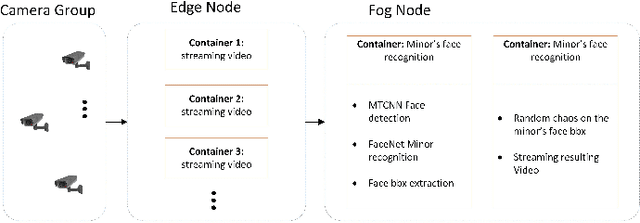
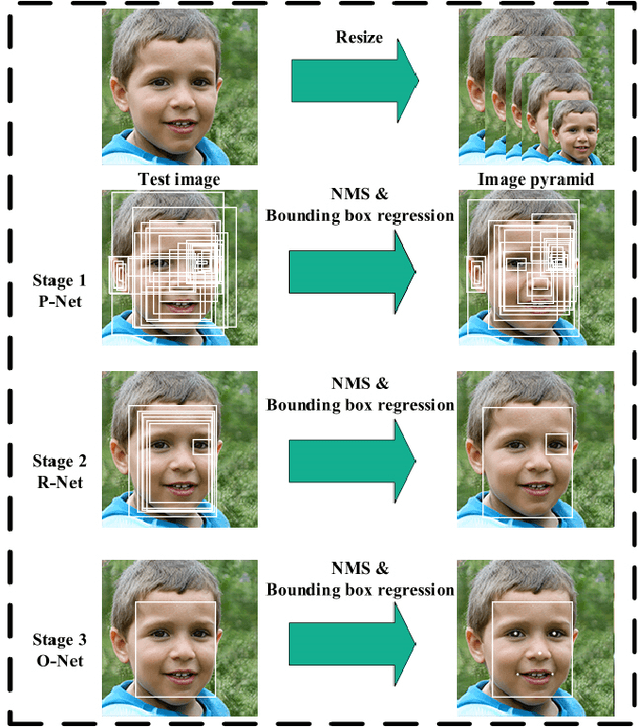
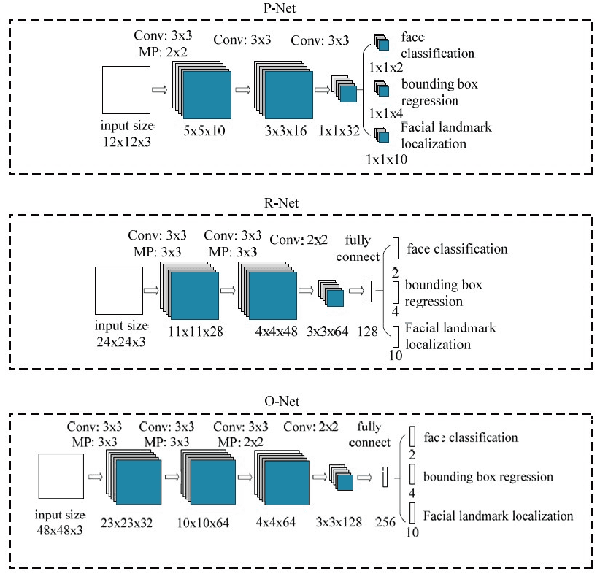

Abstract:The collection of a lot of personal information about individuals, including the minor members of a family, by closed-circuit television (CCTV) cameras creates a lot of privacy concerns. Particularly, revealing children's identifications or activities may compromise their well-being. In this paper, we investigate lightweight solutions that are affordable to edge surveillance systems, which is made feasible and accurate to identify minors such that appropriate privacy-preserving measures can be applied accordingly. State of the art deep learning architectures are modified and re-purposed in a cascaded fashion to maximize the accuracy of our model. A pipeline extracts faces from the input frames and classifies each one to be of an adult or a child. Over 20,000 labeled sample points are used for classification. We explore the timing and resources needed for such a model to be used in the Edge-Fog architecture at the edge of the network, where we can achieve near real-time performance on the CPU. Quantitative experimental results show the superiority of our proposed model with an accuracy of 92.1% in classification compared to some other face recognition based child detection approaches.
No Peeking through My Windows: Conserving Privacy in Personal Drones
Aug 26, 2019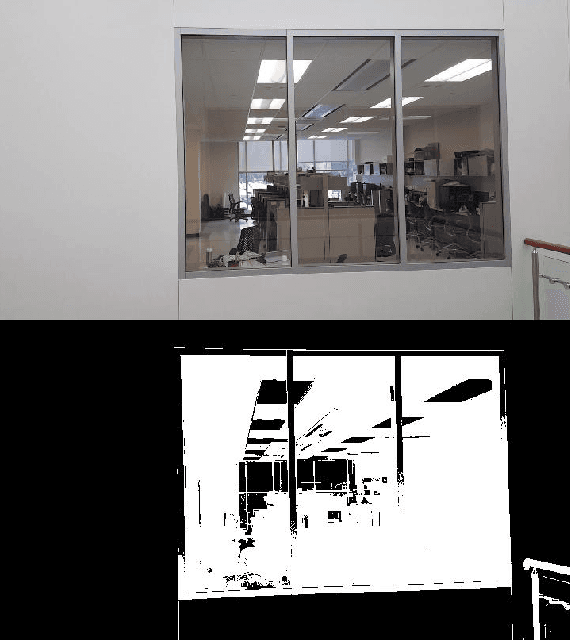

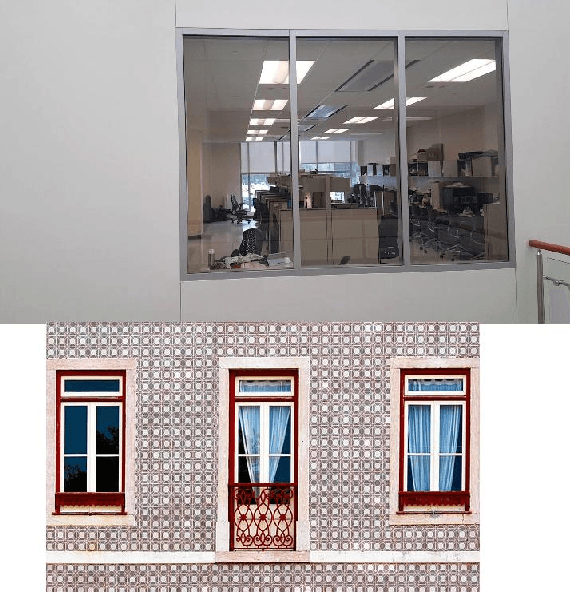
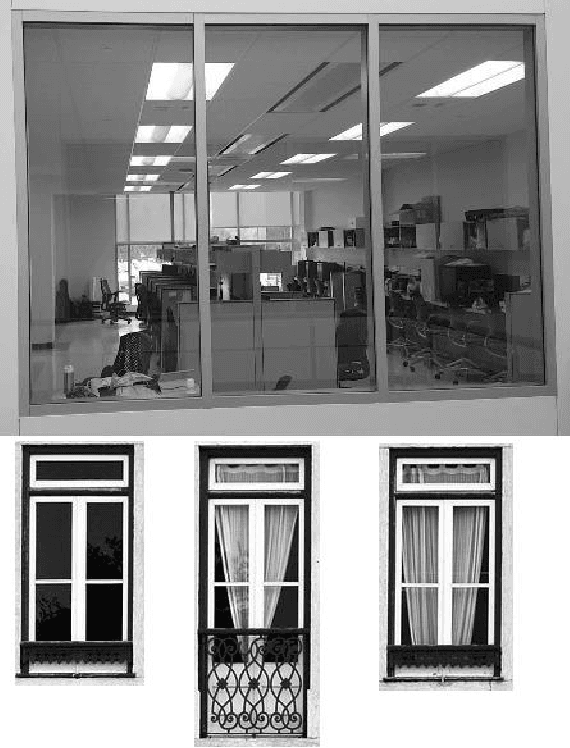
Abstract:The drone technology has been increasingly used by many tech-savvy consumers, a number of defense companies, hobbyists and enthusiasts during the last ten years. Drones often come in various sizes and are designed for a multitude of purposes. Nowadays many people have small-sized personal drones for entertainment, filming, or transporting items from one place to another. However, personal drones lack a privacy-preserving mechanism. While in mission, drones often trespass into the personal territories of other people and capture photos or videos through windows without their knowledge and consent. They may also capture video or pictures of people walking, sitting, or doing private things within the drones' reach in clear form without their go permission. This could potentially invade people's personal privacy. This paper, therefore, proposes a lightweight privacy-preserving-by-design method that prevents drones from peeking through windows of houses and capturing people doing private things at home. It is a fast window object detection and scrambling technology built based on image-enhancing, morphological transformation, segmentation and contouring processes (MASP). Besides, a chaotic scrambling technique is incorporated into it for privacy purpose. Hence, this mechanism detects window objects in every image or frame of a real-time video and masks them chaotically to protect the privacy of people. The experimental results validated that the proposed MASP method is lightweight and suitable to be employed in drones, considered as edge devices.
 Add to Chrome
Add to Chrome Add to Firefox
Add to Firefox Add to Edge
Add to Edge